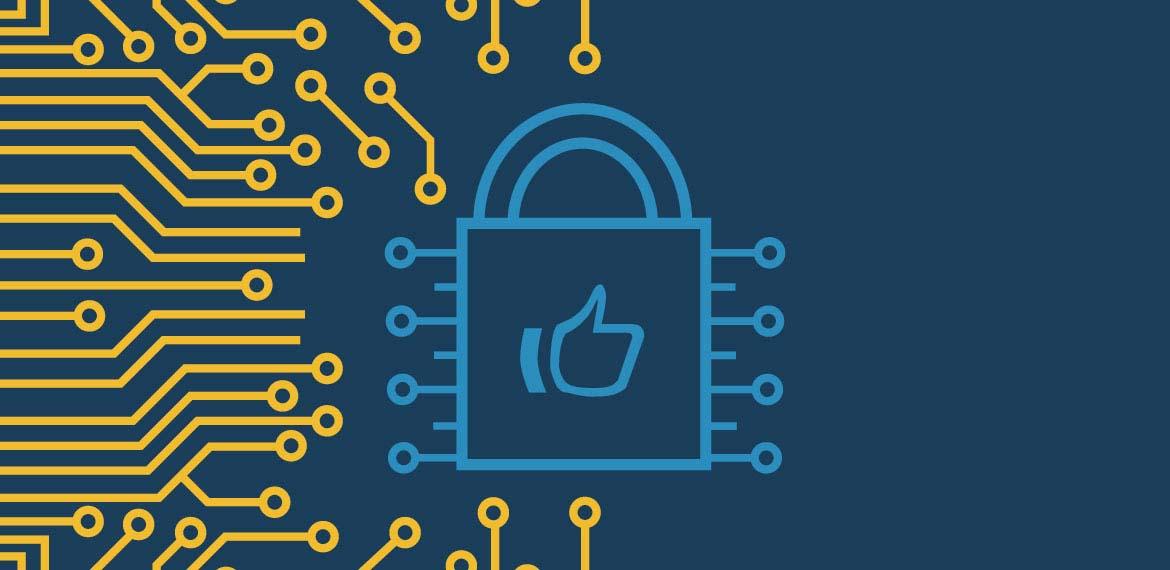Social networks have become an integral part of our lives, allowing us to connect with friends and family, share experiences and consume content. However, with this level of integration comes the responsibility to protect our personal information. In this article, we analyze the threats to data privacy on social networks and offer practical strategies to strengthen your digital defenses.

Check more about: The WinRAR Conundrum: Why Is It Still Free?
Social networks Threats Lurking in the Shadows: Understanding the Risks
Before addressing solutions, it is essential to understand the risks that lurk in social networks:
- Data Breaches: Social networking platforms are prime targets for cybercriminals looking to steal user data. These breaches can expose personal information such as names, email addresses, phone numbers and even private messages.
- Social Engineering: Criminals often use social engineering tactics to trick users into revealing sensitive information. This can include creating fake profiles, sending malicious links or requesting personal data through direct messages.
- Tracking and Personalized Advertising: Social media platforms collect a large amount of data about their users, such as their online activity, location and interests. This information is used to target personalized advertising, but can also raise privacy concerns if not properly managed.
- Government Surveillance: In some countries, governments can access social network data for surveillance purposes. This can be a threat to freedom of expression and individual privacy.
Building Solid Walls: Strategies for Data Protection
Fortunately, there are steps you can take to protect your data on social networks:
- Password Strengthening: Use strong and unique passwords for each social network. Avoid weak and predictable passwords, and consider using a password manager for added security.
- Enable Two-Factor Authentication (2FA): 2FA adds an additional layer of security to your accounts, requiring an additional code in addition to your password to log in. Enable 2FA on all social media platforms that offer it.
- Review Privacy Settings: Social media platforms offer a variety of privacy settings that allow you to control who can see your information. Review and adjust these settings regularly to ensure that only the people you want to see your information have access to it.
- Be Careful What You Post: Think twice before posting any personal information on social networks. Once information is posted online, it can be difficult to remove it completely.
- Be wary of Unknown Links and Applications: Do not click on links or download applications from unknown sources. These may contain malware or other malicious programs designed to steal your data.
- Be Selective with Friend Requests: Don’t accept friend requests from people you don’t know or trust.
- Take Breaks from Social Networking: Social networking can be overwhelming. Take regular breaks to disconnect and reflect on your online privacy.
Beyond the Basics: Advanced Protection
For even greater protection, consider these strategies:
- Use a Private Browser: Private browsers offer greater control over your online privacy. Consider using a private browser when logging into your social networking accounts.
- Limit Profile Information: Don’t include too much personal information on your social networking profile. Limit yourself to basic information and avoid sharing details such as your full address or date of birth.
- Beware of Third-Party Apps: Third-party applications that connect to your social networking accounts can access your personal information. Avoid connecting third-party apps that you don’t know or trust.
- Keep Software Updated: Be sure to keep your device software and social networking apps up to date. Updates often contain security patches that can protect you from the latest vulnerabilities.

Empowerment through Education: A Safer Future in Social Networking
Data protection on social networks is a shared responsibility. Platforms have an obligation to implement robust security measures, while users must be aware of the risks and take precautions to protect their personal information. As digital literacy increases and social media platforms implement better privacy controls, we can look forward to a safer future for all.

